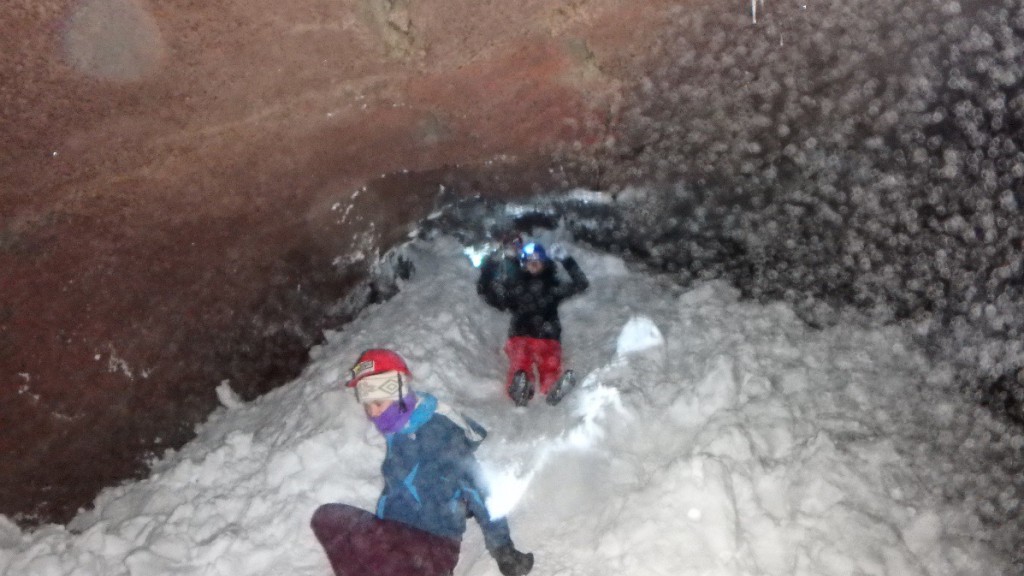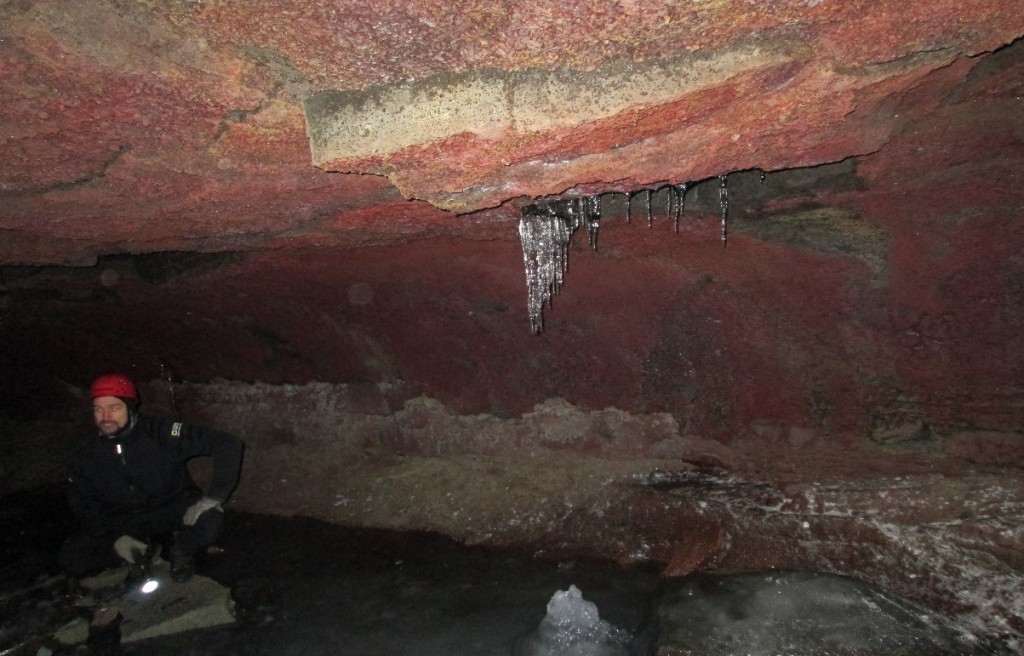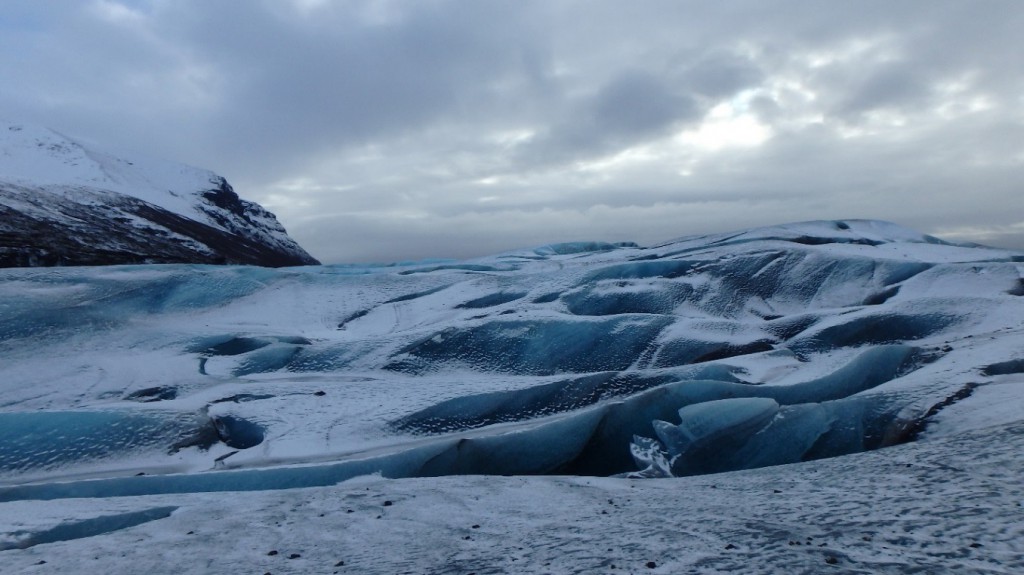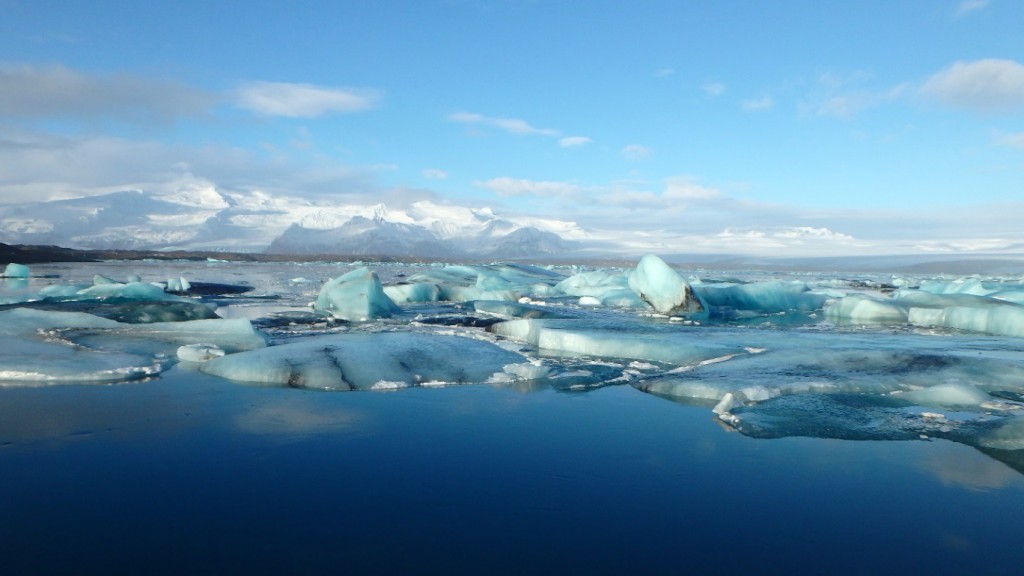by Michele Wiechman
When people think of Iceland, the first thing that pops into their heads will likely be “the land of fire and ice.” This is fitting due to the fact that nearly 75 percent of Iceland is covered by lava fields or glaciers. It’s also a land of extremes. Icelandic volcanic eruptions have been impacting the planet as long as humans have been recording history, its landscapes are what we picture an alien world to look like, and its people have adapted to some of the harshest living conditions on Earth.
Iceland is one of the top destinations for geologists around the world not only because of its extremes, but because it is a world-class laboratory to study basic geologic principles. Luckily, this past year I got the opportunity to travel there with three coworkers, all geologists. In a week, we got to experience the unique Icelandic culture, see an active volcanic eruption, explore ancient lava tubes, hike on a glacier. Oh, and we also got to see the northern lights!

Most people really first heard about Iceland because of the Eyjafjallajökull eruption in 2010. Due to the amount of melt water then flowed into the volcano, the eruption was quite violent. Air travel was disrupted across Europe due to the volcanic ash in the air and many people had to evacuate their homes due to flooding from the melting glaciers. In 2015, Iceland had another major eruption, Holuhraun; however, this eruption did not impact humans like Eyjafjallajökull. The eruption opened a large fissure 1.5 km long and created a lava field that covered 63 km2, the largest in Iceland since 1783.

 Due to the large amounts of volcanic activity, Iceland has an incredible amount of lava tubes. Only a small proportion of these tubes have been discovered and explored. Because of the large amounts of caves and ease of accessibility, caving has become a favorite pastime for Icelanders and tourists alike.
Due to the large amounts of volcanic activity, Iceland has an incredible amount of lava tubes. Only a small proportion of these tubes have been discovered and explored. Because of the large amounts of caves and ease of accessibility, caving has become a favorite pastime for Icelanders and tourists alike.
Iceland owes its volcanic activity to its position on the Mid-Atlantic Ridge. The ridge is a divergent tectonic plate boundary between the Eurasian and North American Plates. There are only a few places on the planet where the rift occurs above the water surface, the Thingvellir Rift Valley is one of them.
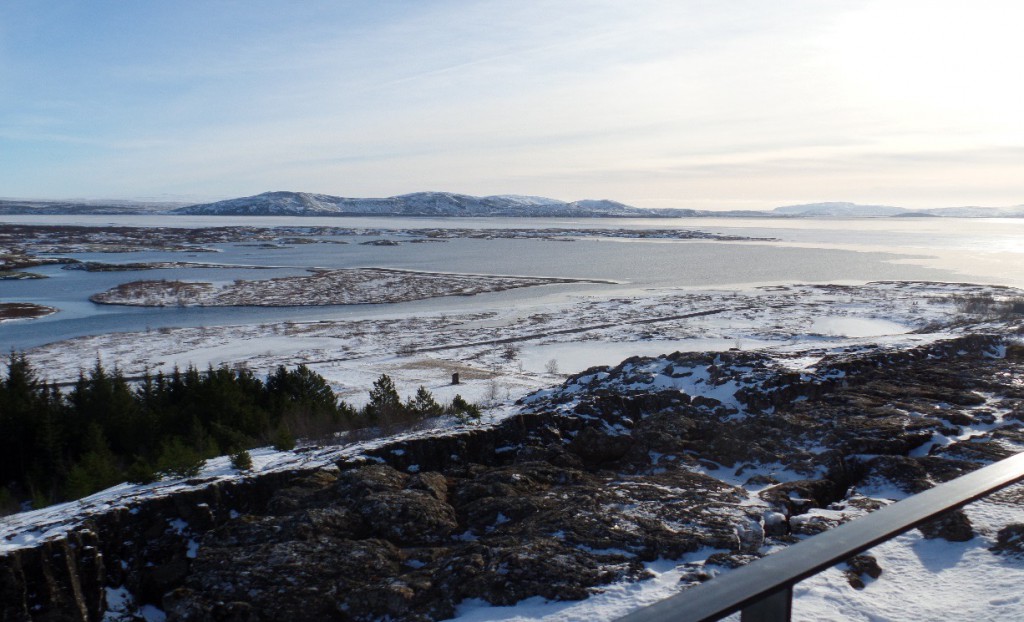
Iceland’s position on the Mid-Atlantic Ridge and its intense volcanic activity make Iceland one of the leaders in geothermal energy. While most people actively enjoy a number of natural geysers and geothermal hot springs, most people don’t realize that the hot water they are enjoying has a number of other uses. Bore holes bring up hot water to supply the public’s hot water needs and to create electricity. Approximately 26 percent of the island’s power comes from geothermal sources.
We can’t forget about the ice part in “the land of fire and ice.” Glaciers and ice caps cover 11 percent of the land area of the country. The southern portion of the Iceland is home to a number of beautiful glacial lagoons, including Jökulsárlón glacial lake. The lake is at the head of the Breiðamerkurjökull glacier and has been steadily growing with the retreat (melting) of its glacier. Huge blocks of ice have calved off of the front of the glacier, resulting in a number of icebergs heading out to the ocean. This can be concerning for the shipping traffic off the coast of Iceland. Melting of the glaciers in Iceland also results in increased flooding that can have negative impacts on transportation structures and homesteads in the area.
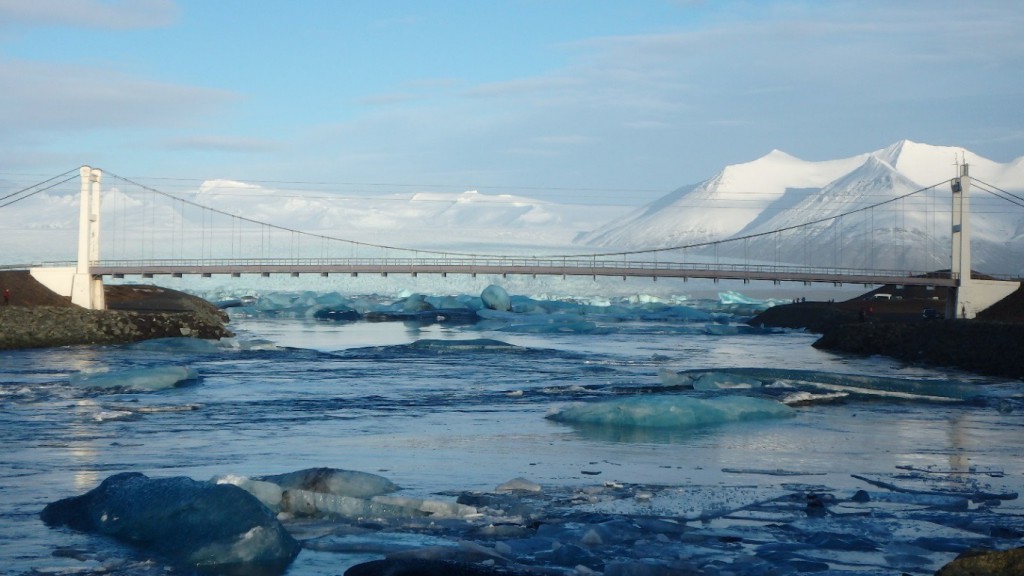 Iceland is an incredible place, not only because of the impressive geology but also the unique experiences afforded to travelers. I would highly recommend it for any scientist, travel junkie, or casual tourist.
Iceland is an incredible place, not only because of the impressive geology but also the unique experiences afforded to travelers. I would highly recommend it for any scientist, travel junkie, or casual tourist.
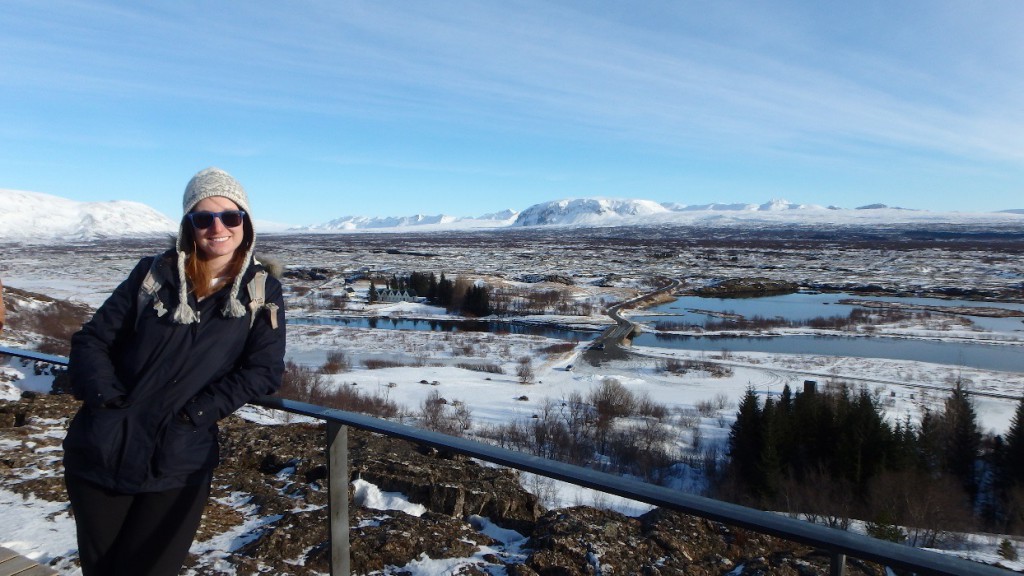
About the author: Michele Wiechman is a geologist for Oxy Permian Enhanced Oil Recovery, a global corporation partnered with the Houston Museum of Natural Science’s Girls Exploring Math and Science (GEMS) program to help educate girls through hands-on science activities and outreach.
https://www.youtube.com/watch?v=QLMJmH7DXIw
Photo Credits: Jordan Drew, Kate Pollard, and Michele Wiechman. Photos may not be used without the author’s permission.


